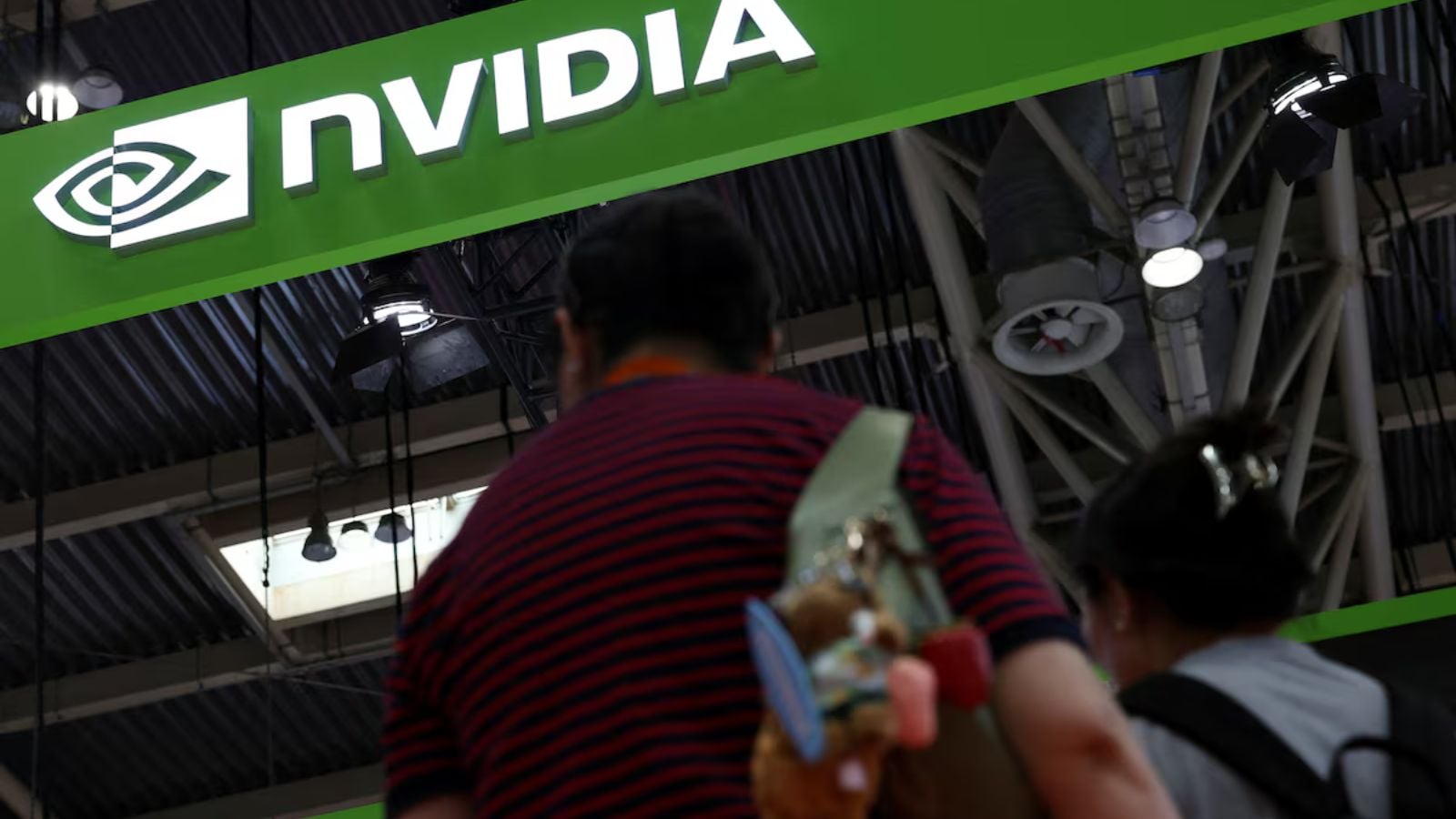Nvidia's China Ban Sparks Unexpected Repair Boom
The US Export Restrictions Have Created a Thriving, and Problematic, Chip Repair Market

The U.S. government’s restrictions on exporting advanced chips to China were intended to curb Beijing's AI capabilities. However, a surprising consequence has emerged: a burgeoning market for Nvidia chip repair services. A handful of specialized companies are now thriving, offering a controversial workaround to the export controls, and raising questions about the effectiveness of the restrictions themselves. The situation highlights the ingenuity of the market, but also underscores the challenges of enforcing technology sanctions.
- Unexpected Market: A new market for repairing restricted Nvidia AI chips has emerged in China.
- US Export Controls: The U.S. government's restrictions were designed to limit China’s access to advanced AI hardware.
- Boutique Repair Shops: Dozens of small, specialized companies are now offering these repair services.
- Sanctions Efficacy Questioned: The growth of the repair market casts doubt on the ability to completely prevent China from accessing powerful AI technology.
- Future Implications: This situation could prompt further refinement of export control measures.
The U.S. export controls, aimed at preventing Nvidia's most powerful GPUs (like the H100) from reaching Chinese entities, haven't entirely succeeded. Instead, they’s spurred a cottage industry focused on repairing damaged chips. These aren’t simple fixes; they involve intricate processes like chip delayering, where layers of the chip are removed to identify and correct defects, followed by re-fabrication. The process is complex, requiring specialized equipment and expertise, but the demand is clearly there.
"The demand is so high that repair services are commanding premium prices, often exceeding the cost of a new chip in some cases."
This statement, attributed to an industry analyst, speaks to the desperation and value placed on maintaining access to these powerful AI processors. While the exact numbers are difficult to ascertain (given the secretive nature of the repair shops), reports suggest that repair costs can range from hundreds to thousands of dollars, depending on the complexity of the damage. The repair process also significantly extends the lifespan of the original chip, further increasing its perceived value.
The legality of these repair services is a murky area. While the export ban targets the sale of new chips, the repair of existing ones falls into a legal gray zone. Nvidia has not publicly commented on the rise of the repair market, but it's likely the company is aware of the situation and monitoring its evolution. Some legal experts argue that the repair services are exploiting a loophole in the existing regulations, while others contend that they are simply providing a necessary service.
The emergence of this repair market underscores a crucial point about technology sanctions: they are rarely foolproof. Resourceful actors will always seek ways to circumvent restrictions. This situation is likely to prompt a review of the existing export control measures, potentially leading to stricter regulations that specifically target the repair and modification of restricted chips. The US government will likely need to consider how to address this "repair loophole" to truly limit China's access to advanced AI hardware.
Conclusion: The unintended consequence of Nvidia’s chip export ban has created a unique and challenging situation. While the repair market provides a temporary workaround, it also highlights the need for a more comprehensive approach to technology sanctions, one that anticipates and addresses the ingenuity of those seeking to circumvent restrictions. The future will likely see continued adjustments to export control measures as the US attempts to maintain its technological advantage.
 Spotify is working on AI tools and a new music search engine
Spotify is working on AI tools and a new music search engine "Photos" in Windows 11 will get AI to sort images
"Photos" in Windows 11 will get AI to sort images OpenAI and Anthropic train artificial intelligence for enterprise applications
OpenAI and Anthropic train artificial intelligence for enterprise applications